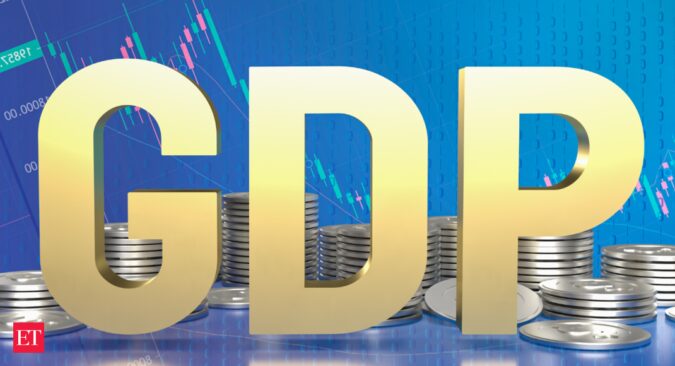The Reserve Bank of India (RBI) estimated Q4FY23 real GDP growth to be 5.1 per cent while SBI Research expected a growth rate of 5.5 per cent. As per a Reuters poll, the Indian economy was expected to grow at 5 per cent in the January-March quarter on a year-on-year basis, due to steady urban demand and government spending.
In FY23, the economy grew at 13.1 per cent, 6.2 per cent and 4.5 per cent in Q1, Q2 and Q3 respectively, on an annual basis.
In the March quarter, India’s manufacturing sector output rose 4.5 per cent on-year, compared to 1.1 per cent contraction in the previous quarter while farm output rose 5.5 per cent compared to 3.7 per cent growth in the same period.
As per provisional estimates of Gross Value Added (GVA), manufacturing sector grew by 1.3 per cent in FY23 after growing 11.1 per cent in FY22 while agriculture, forestry and fishing grew at 4 per cent in FY23 against 3.5 per cent growth seen in the fiscal before.
The median forecast from a Reuters poll of economists hinged on the robust performance of services like travel and retail, and the boost given to demand by falling food prices and the drop in oil prices globally. Trade, hotels, transport, communication & services related to Broadcasting grew 14 per cent in FY23 after growing 13.8 per cent in FY22.During the March quarter, high-frequency indicators showed that a rise in urban incomes had boosted sales of expensive cars, Apple mobile phones, and air travel. A fall in food, crude oil and raw material prices boosted demand for services such as air travel and manufactured items like cars and mobile phones.”India’s Jan-Mar23 GDP growth posted a sharp upside surprise, amongst the strongest lift for the quarter in Asia and displaying resilience in the face of negative terms of trade shock as well as a difficult global geopolitical backdrop last year. There was broad-based lift amongst the segments, especially stronger outturns by farm and services output. On the expenditure end, capital formation was one of the key support pillars, while private consumption grew at a more moderate pace. A strong GDP beat will provide the central bank headroom to extend its pause in June,” said Radhika Rao, economist at DBS Bank.
Economists, however, warned that the global slowdown and volatility in financial markets pose a risk to exports and the growth outlook in coming quarters.
“The GDP data does validate the recent growth optimism for India, despite global headwinds. This is not to say that the growth outlook is without risks – particularly in regards to the monsoon progress and recession risks globally. We expect GDP growth at 5.8%-6% for FY24 with some upside to this forecast now emerging,” said Sakshi Gupta – Principal Economist – HDFC Bank.
Owing to a strong momentum seen in the last two quarters of the previous fiscal, RBI governor Shaktikanta Das said that the central bank expected growth for FY23 was expected to exceed 7 per cent. The Indian economy grew at 9.1 per cent in FY22.
“It initially appeared in the third quarter that there was a pent-up demand which was supporting the economic activity, but all the economic indicators in the fourth quarter of last financial year show that economic activities sustained momentum,” Das said at a CII event on May 24.
“In fact, all the high-frequency indicators, around 70 of them, which we monitored in the RBI, almost in all of these high-frequency indicators, the momentum was maintained in the fourth quarter. So therefore, we should not be surprised if the growth is slightly more than 7 per cent,” he said.
The Indian economy has emerged as an outlier after maintaining its growth rate as among the highest in comparison to the other major nations following the breakout of the Covid-19 pandemic. Ratings agency S&P Global recently said that the Indian economy is set for real GDP growth of about 6 per cent in 2023, which compares favourably with emerging market peers amid a broad global slowdown.
Investment and consumer momentum will underpin solid growth prospects over the next 3-4 years.
